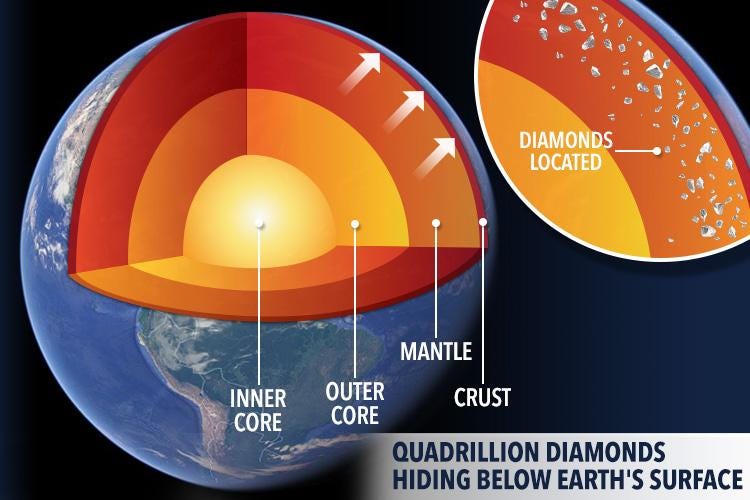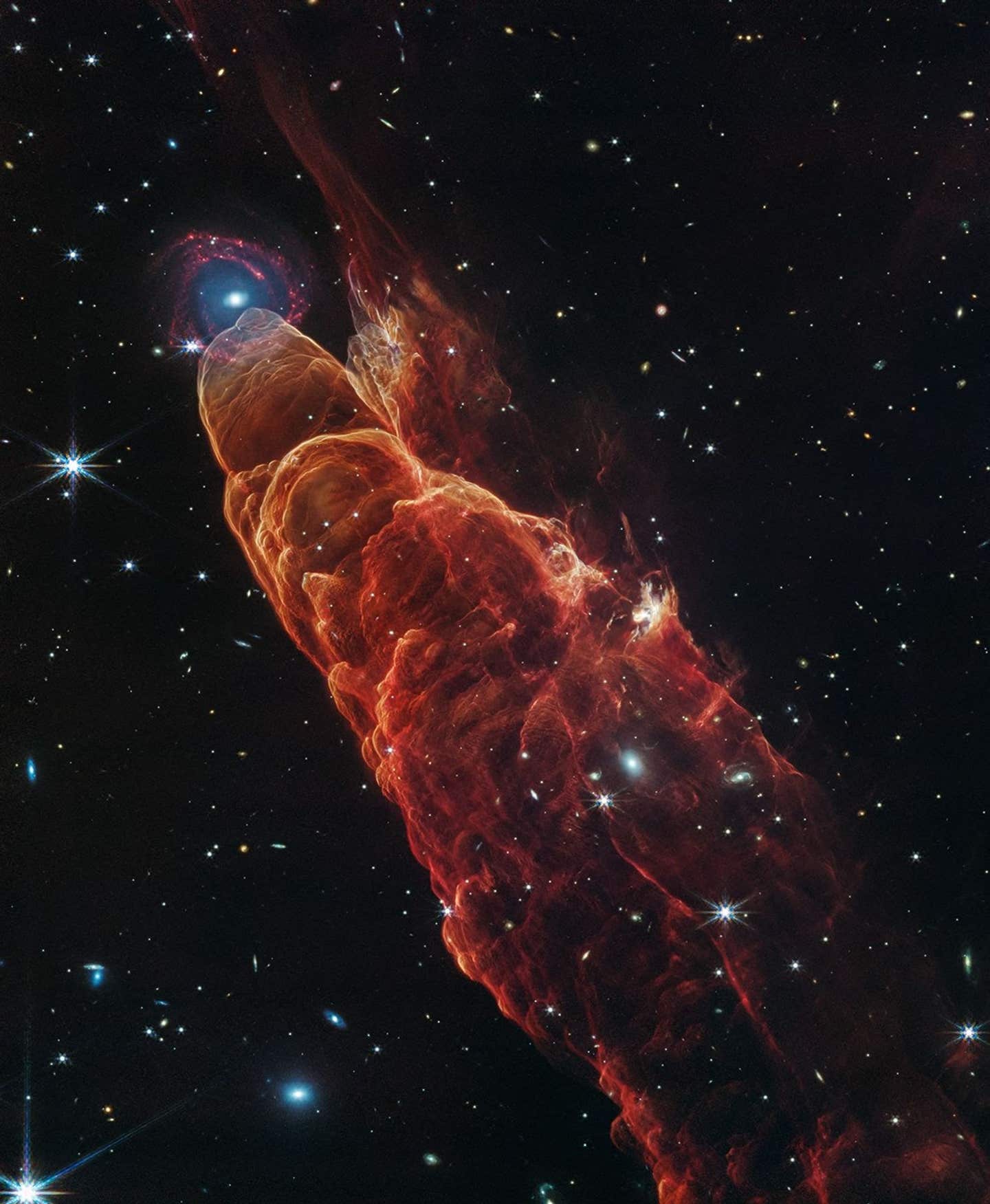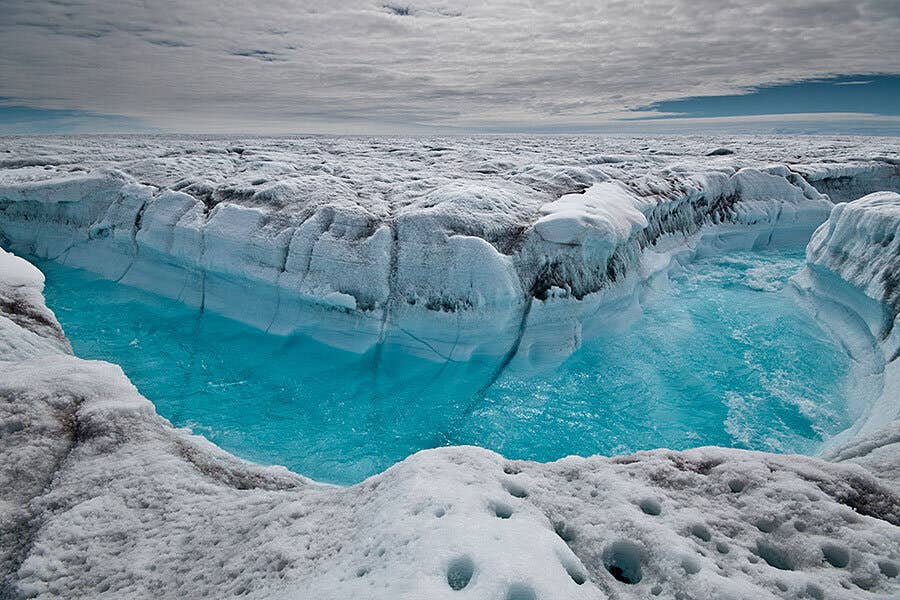Are we standing on a quadrillion tons of diamonds? (video)
There might be a quadrillion tons of diamonds 100 miles below Earth’s surface. But the farthest we’ve traveled is 7 miles down.

[Sept 7, 2021: American Chemical Society]
There might be a quadrillion tons of diamonds 100 miles below Earth’s surface. But the farthest we’ve traveled is 7 miles down, so how could we know that? (Credit: The American Chemical Society)
There might be a quadrillion tons of diamonds 100 miles below Earth’s surface. But the farthest we’ve traveled is 7 miles down, so how could we know that?
In a new study, the researchers estimate that the Earth's cratonic roots – the ancient sections of rock shaped like inverted mountains that lie at the centre of tectonic plates and stretch 200 miles deep – may contain up to two percent diamond.
After doing the math, researchers believe the total amount of the sought-after stone buried underground equals a whopping quadrillion tons (or 1,000,000,000,000,000 tons) – meaning diamonds aren't as rare as we all thought.
“This shows that diamond is not perhaps this exotic mineral, but on the [geological] scale of things, it’s relatively common,” said Ulrich Faul, a research scientist in MIT’s Department of Earth, Atmospheric, and Planetary Sciences, and co-author of the new paper.
But don't go expecting the buried stash of diamonds to be dug up any time soon.
The ultra-deep cache is located more than 100 miles below the Earth's surface – that's further than any drilling expedition has ever reached.
Scientists used the same seismic data used to measure earthquakes to locate the diamonds.
This essentially saw them tracking sound waves to paint a picture of what the inside of our planet looks like.
These signals travel at varying speeds depending on the composition, temperature, and density of the rocks and minerals they travel through, allowing the boffs to estimate the types of rocks below the Earth's surface by comparing the velocity of the sound waves, according to MIT.
They found that these sound waves speed up a lot faster than they previously thought when passing through the craton's roots.
Following a series of lab experiments where they sent sound waves through different rocks, the researchers discovered that only rock containing one to two percent diamond (among other components) could impact the velocities recorded in the roots.
The quadrillion figure is more than 1,000 times the amount previously thought to be hidden underground.
“It’s circumstantial evidence, but we’ve pieced it all together,” said Faul, adding “we went through all the different possibilities, from every angle, and this is the only one that’s left as a reasonable explanation.”
Like these kind of feel good stories? Get the Brighter Side of News' newsletter.
Tags: #New_Discoveries, #Geology, #Diamonds, #The_Brighter_Side_of_News
Joshua Shavit
Science & Technology Writer | AI and Robotics Reporter
Joshua Shavit is a Los Angeles-based science and technology writer with a passion for exploring the breakthroughs shaping the future. As a contributor to The Brighter Side of News, he focuses on positive and transformative advancements in AI, technology, physics, engineering, robotics and space science. Joshua is currently working towards a Bachelor of Science in Business Administration at the University of California, Berkeley. He combines his academic background with a talent for storytelling, making complex scientific discoveries engaging and accessible. His work highlights the innovators behind the ideas, bringing readers closer to the people driving progress.



